Unbranded 5 ft. x 16 ft. Horse Fence Panel
Keep your animals safe and secure with this OKBRAND Horse Panel. Its open mesh grid allows for free air movement while keeping animals from stepping out or putting their head through the fence. The sturdy material will keep your livestock safe from any predators who might come near the fencing.
Keep your animals safe and secure with this OKBRAND Horse Panel. Its open mesh grid allows for free air movement while keeping animals from stepping out or putting their head through the fence. The sturdy material will keep your livestock safe from any predators who might come near the fencing.
- Rugged and welded one piece steel construction gives the fence panel extra durability
- Constructed of 6 gauge steel wire to protect your livestock
- 4in. x 2 in. open mesh grid allows free air movement through the fencing and promotes animal health
- Each fence panel measures 5 ft. x 16 ft.
- Recommended for horses, cattle, hogs, sheep, goats, dogs and pets
Additional information
| Animal Type | Cattle, Goat, Dog, Horse, Hogs, Sheep |
|---|---|
| Features | Galvanized Before Welding , 4×2 spacing |
| Primary Material | Wire |
| Warranty | Old Fashioned Guarantee |
| Manufacturer Part Number | 0079-5 |

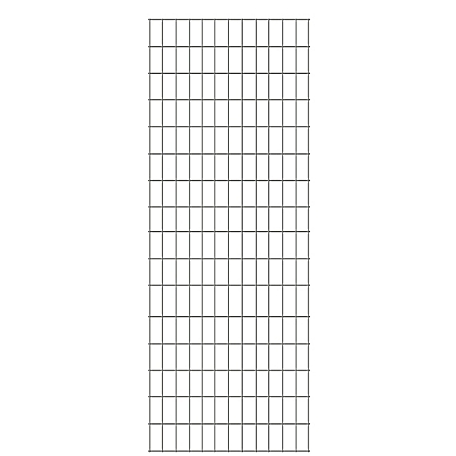
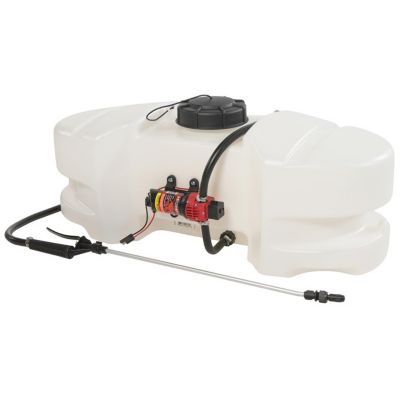


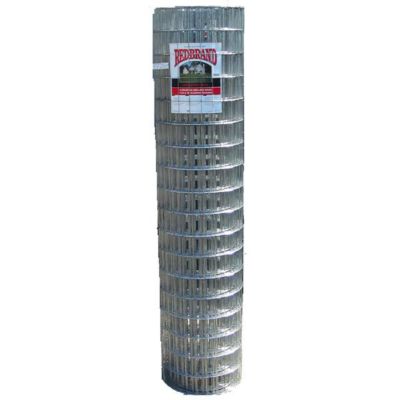
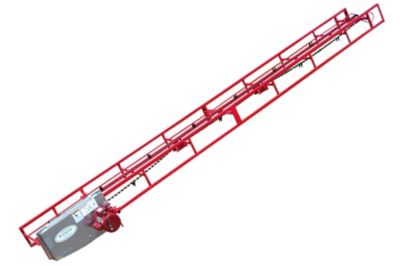

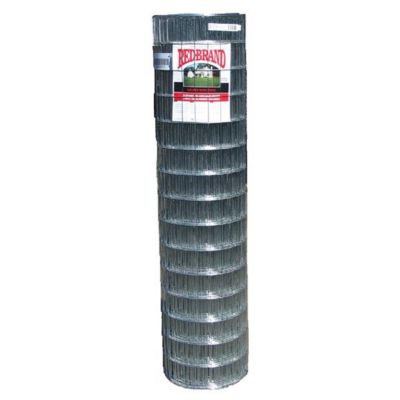
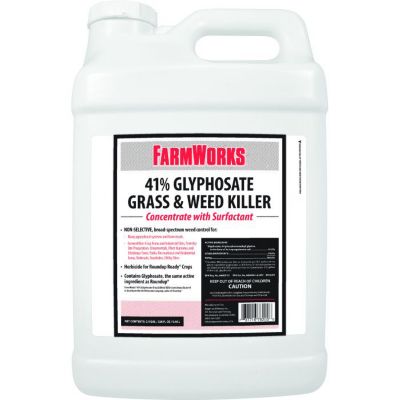
by Jeff
These panels seem to be keeping my dogs in the yard where they are supposed to be.
by Watson
This is my go to panel. I use them all around because they keep whatever I am fencing safe. The first ones I bought are over 5 years old and in great shape. They last forever.
by Nota
We needed a few panels to build a larger cage to haul some goats. These panels worked fairly well.
by Andrew
It was exactly what I needed.